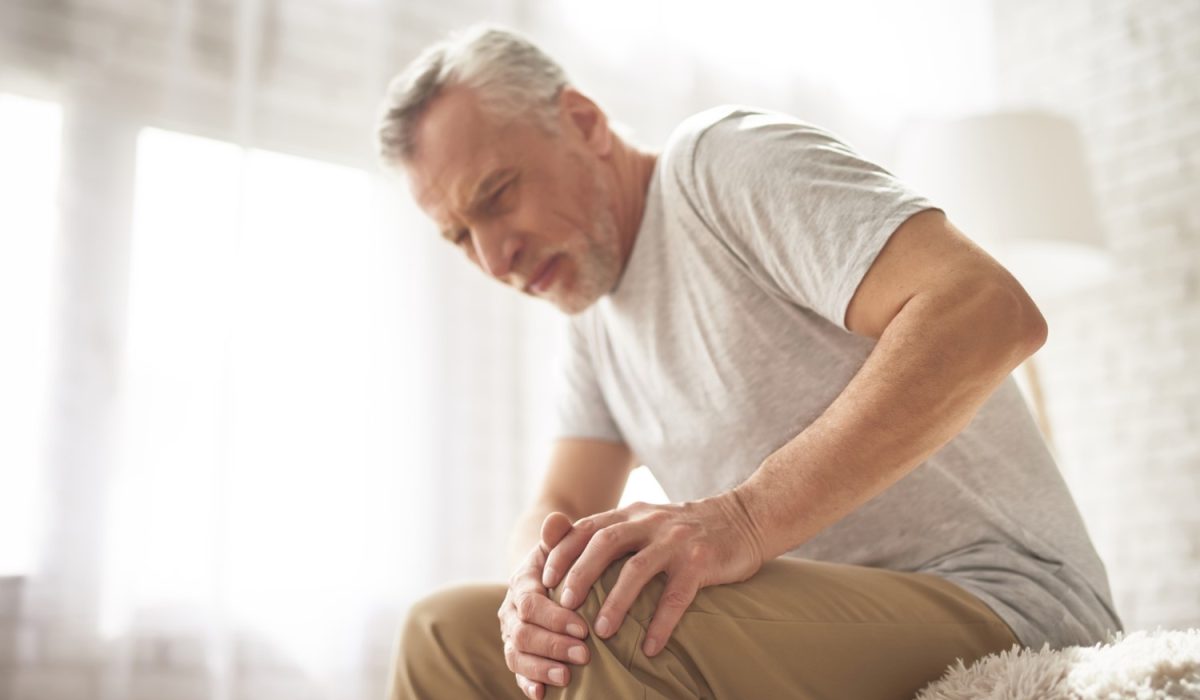Knee osteoarthritis (OA) is a degenerative joint disease that affects millions of people worldwide. It is a chronic condition that causes the cartilage in the knee joint to break down, leading to pain, stiffness, and limited mobility. While there is no cure for knee OA, there are several effective ways to manage the pain and improve quality of life. In this blog, we will discuss some of the most effective ways to manage knee osteoarthritis pain.
- Maintain a Healthy Weight Excess weight can put additional stress on the knee joints, causing more pain and discomfort. Maintaining a healthy weight can reduce the load on your joints, reducing pain and inflammation. It is essential to eat a balanced diet and exercise regularly to keep your weight under control.
- Exercise Regularly Low-impact exercises like swimming, walking, cycling, and yoga can help strengthen the muscles around the knee joint and improve joint flexibility. Regular exercise can also help with weight management and improve overall health and well-being.
- Use Heat or Cold Therapy Applying heat or cold to the affected knee joint can help alleviate pain and stiffness. Heat therapy, such as warm baths or using a heating pad, can help relax muscles and reduce pain. Cold therapy, such as applying an ice pack, can help reduce inflammation and numb the pain.
- Try Physical Therapy Physical therapy can help reduce pain and improve joint mobility. A physical therapist can recommend exercises and techniques to help strengthen the muscles around the knee joint, improve flexibility, and reduce pain and stiffness.
- Take Pain Medications Over-the-counter pain medications such as acetaminophen or nonsteroidal anti-inflammatory drugs (NSAIDs) can help reduce pain and inflammation. However, it is important to use them as directed and to discuss their use with your healthcare provider.
- Consider Injections Injections, such as corticosteroids or hyaluronic acid, can help reduce pain and inflammation in the knee joint. However, they are typically used after other treatments have failed or when the pain is severe.
- Use Assistive Devices Assistive devices, such as knee braces or crutches, can help reduce stress on the knee joint and provide support during physical activities. They can also help reduce the risk of falls and other injuries.
- Consider Surgery In severe cases, surgery may be necessary to repair or replace damaged joint tissues. Surgery is typically considered when other treatments have failed, and the pain and stiffness are severe.
In conclusion, knee osteoarthritis can be a challenging condition to manage, but with the right treatment and lifestyle changes, you can reduce pain, improve mobility, and maintain a high quality of life. Remember to consult with your healthcare provider before starting any new treatment or exercise regimen.




